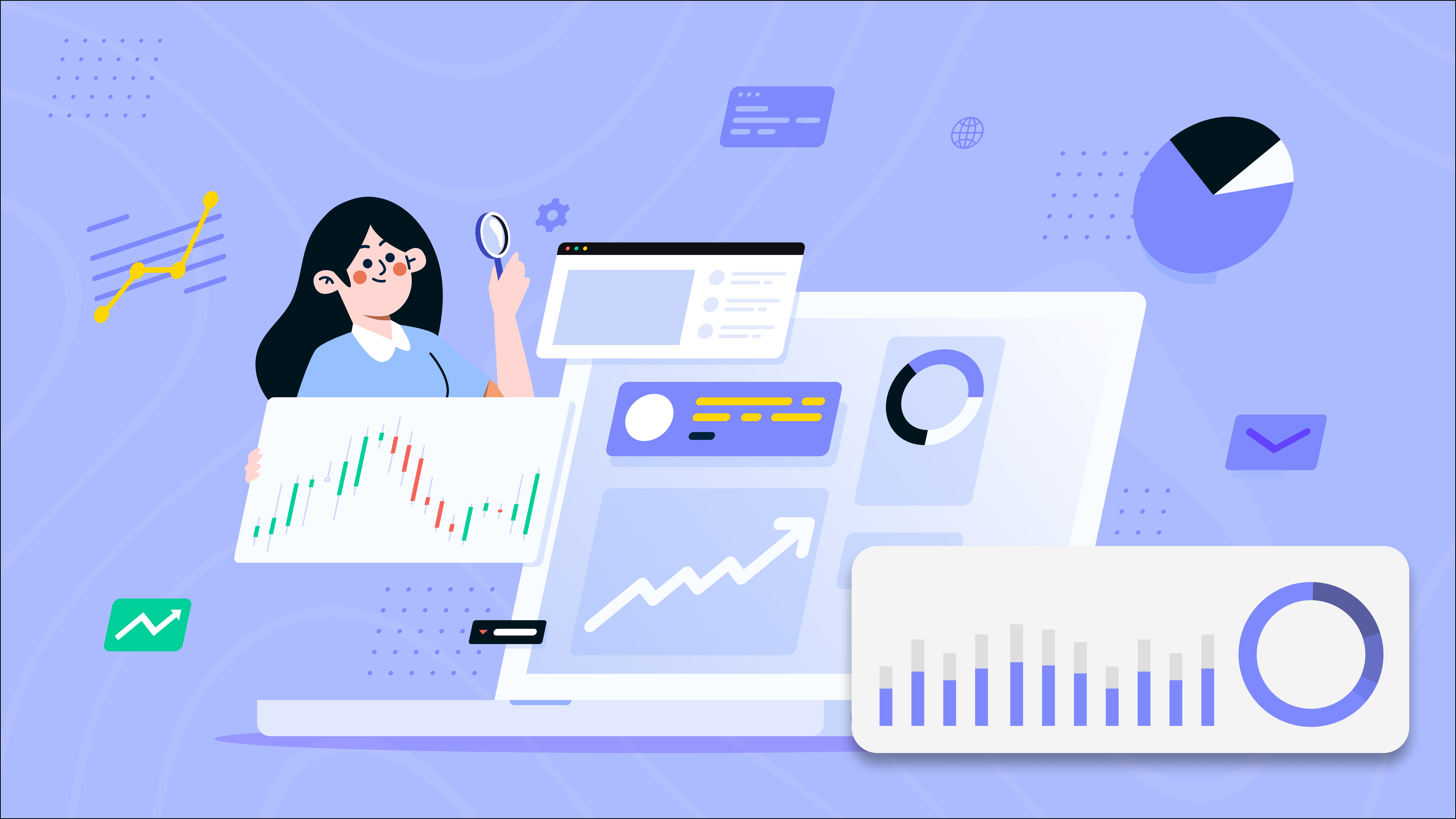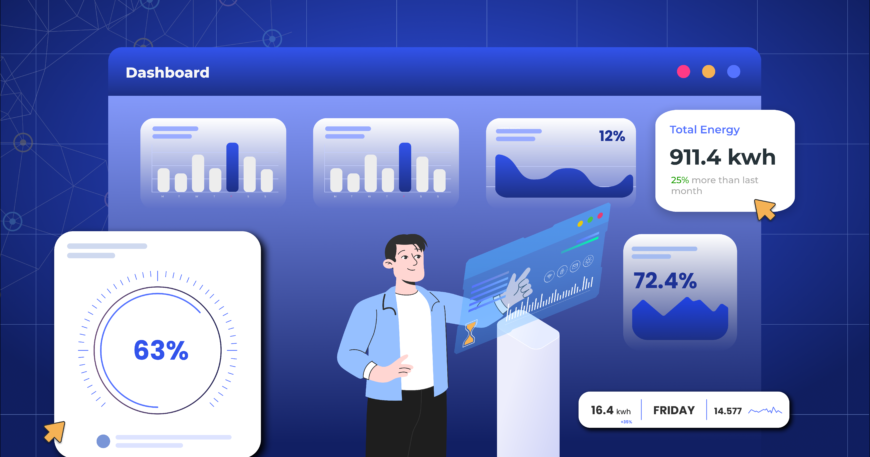Introduction
Real-time insights are no longer optional in the fast-paced world of today; they are necessary. IoT integration has revolutionized business operations management by providing real-time data and actionable insights via user-friendly dashboards. These technologies give businesses better operational efficiency, real-time profit and loss tracking, and advanced analytics.
How Real-Time IoT Integration Works
1. Seamless Data Integration: Sensors and devices with IoT capabilities collect operational data instantly. Among the important parameters are:- Machine performance (such as temperature, speed, and efficiency)
- Inventory levels and movement
- Real-time error detection and correction.
- Dynamic Updates
- Visualization of Profit and Loss: Show profitability instantly with real-time revenue and spending adjustments.
- Dynamic Graphs and Reports: Real-time adaptive interactive visuals offer insights.
- Custom Alerts: Get alerts when important thresholds are reached, including growing energy expenses or inefficient equipment.
- Actionable Metrics: To facilitate data-driven decision-making, highlight important performance metrics such as production efficiency, or sales trends.

4. Actionable Insights in Real Time:
Beyond static reports, real-time IoT integration allows for quick decisions based on real-time data. Among the examples are:
- Operational Adjustments: Adapt production plans or procedures on the fly to accommodate evolving circumstances.
- Predictive maintenance: Find possible equipment problems and plan fixes before they affect business operations.
- Financial Optimization: To sustain or increase profitability while on the go, track expenses and make adjustment to operations.
Benefits of Real-Time IoT Solutions
By leveraging real-time IoT integration and analytics, businesses can: - Gain greater operational visibility and control.
- Use actionable insights to make proactive decisions.
- Reduce downtime and increase operational efficiency.
- Increase profitability by optimizing and monitoring continuously.




